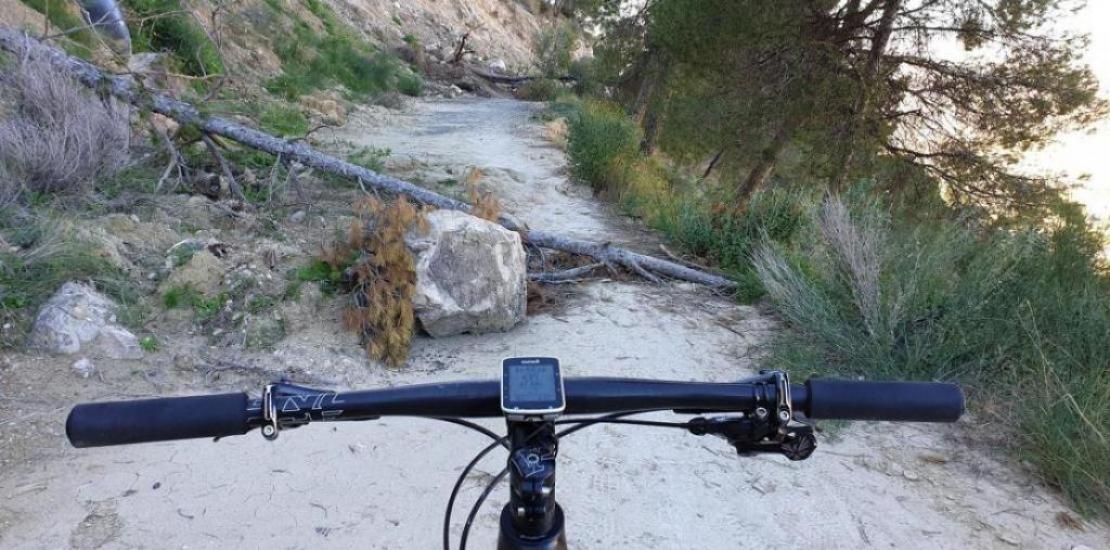Researchers of the Higher Polytechnic School develop an algorithm to detect risks in the mountains
The research was published by ‘Journal of Ambient Intelligence and Smart Environments’
Francisco Arcas and Fernando Terroso, researchers of the Higher Polytechnic School of UCAM Universidad Católica de Murcia, published a work titled ‘Forest path condition monitoring based on crowd-based trajectory data analysis’ . With this research they have developed an algorithm that allows to detect new flaws and obstacles in mountain roads travelled by athletes (hikers, trail runners or mountain bikers, among others) that may entail a risk.
The idea for this research derived from the Cold Drop of 2019, which caused relevant damages in many tracks of the Region of Murcia. The proposal of the researchers of the UKEIM group of UCAM consists in taking advantage of the monitoring of user data from users of applications like Strava, used by millions of athletes around the world, to record the places in which an abnormal behaviour takes place, which may entail the presence of a new flaw or obstacle in the way.
Strava has a very useful characteristic for this purpose, which is the recording of time by segments within the same path. The access to the data of these segments would be a key element when it comes to detecting damaged stretches or sections in which new obstacles have appeared.
The proposal of the researchers is for these applications to provide to their users the option to authorise their application to use the monitored data and the designed algorithm to interpret its recording and to detect the stretches in which there might be a risk situation, with no need for the user to report a problem.




